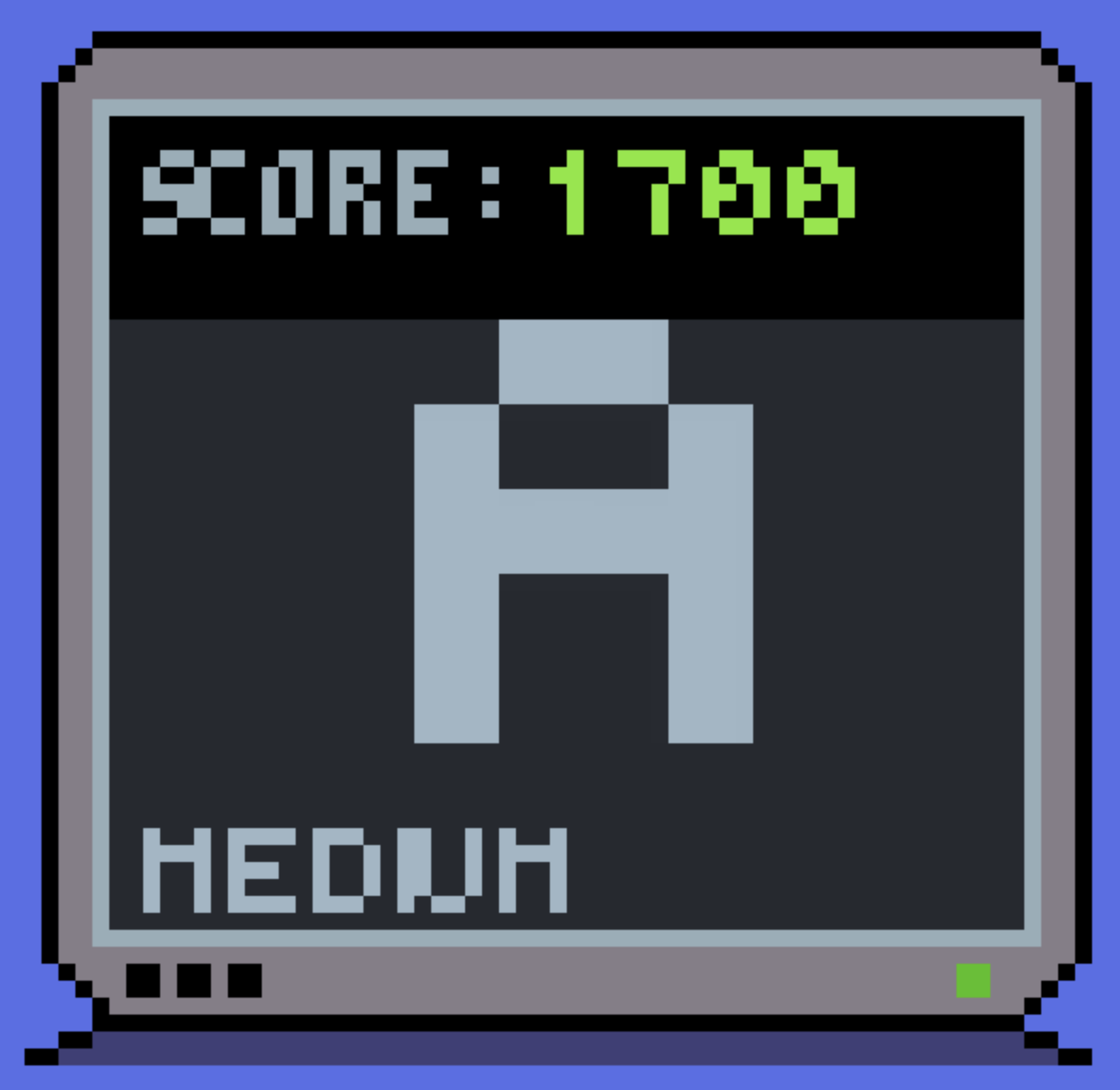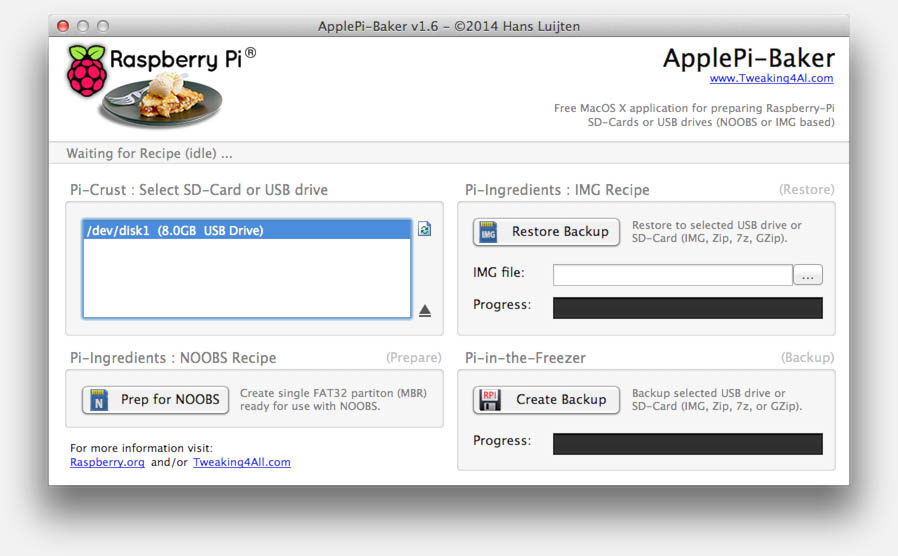Question or issue on macOS:
Or, if you prefer Mac OS X hints. I often have to do router configuration via a console port, so I use a Keyspan Serial Adapter to get access. Two problems then present themselves: ZTerm is a horrible Mac OS X app. It hasn't been updated in five years or so, and isn't a Universal Binary. Tiny tiny font in Outlook for Mac Hi all, In Outlook for Mac, all is normal when reading mail. However, when composing mail, the font is micro sized, too small to read. When I send such an email, it reads perfectly normal. The problem seemed to start when I attached a link to a large movie file to an email. It's the default terminal emulator that comes embedded in the Mac OS. It's a wonderful.
Apr 07, 2016 The tty.Airconsole-1 and tty.NullModem-1 has been created by the AirConsoleOSX drivers (which are not used if you use the Mac Built-in Bluetooth feature). The tty created by the Mac Bluetooth feature is: tty.AirConsole-68-raw-serial. Note that you might get another name for your tty. Make sure you validate what tty has been created on your. The tty.Airconsole-1 and tty.NullModem-1 has been created by the AirConsoleOSX drivers (which are not used if you use the Mac Built-in Bluetooth feature). The tty created by the Mac Bluetooth feature is: tty.AirConsole-68-raw-serial. Note that you might get another name for your tty. Make sure you validate what tty has been created on your.
MY QUESTION
What are some surefire steps I can take to 100% get this working?
I would need real instructions, not one liner answers or vague conceptual descriptions of the process.
Let's get to the bottom of this.
It would appear that there are conflicts somewhere and I've had subpar assistance from the gem developer on GitHub in relation to my experience with Ruby / Rails / Bundler / Homebrew so it's not completely their fault 😛
But I need to figure out how to get this working ASAP so here goes with my current state of this problem.
UPDATE: 2/25/2013
Updated GCC / XCODE Version 4.6 (4H127) and downloaded latest version of XCODE COMMAND-LINE TOOLS
and now iconv_open() is showing up in the extconf checker.
Now I'm getting these errors:
I believe they are now issues with tiny_tds and compatibility with latest xcode paths.
UPDATE 2: 2/25/2013
OKAY, so I reinstalled everything, Ruby / Rails / etc.
And used some advice from a commenter to use ':path =>'
and here is my output now when I run rails s
THINGS I'VE TRIED
1.) The initial EASY setup instructions like any other…
Now add these lines to Gemfile
Now continue commands…
OUTPUT OF tsql -C
2.) IMAGINARY SUCCESS / FAKE IT TIL YOU MAKE IT / A BIG LET DOWN / ADVANCED SETUP INSTRUCTIONS
Found this blog entry…
http://talltroym.blogspot.com/2012/04/installing-activerecord-sqlserver.html

I then located my correct paths to the libiconv library and the freetds library.
Next, I ran it like this:
Tried bundle_install again, and shock… it still isn't installing via gem ‘tiny_tds' in Gemfile…
So I remove tiny_tds from Gemfile and proceed to start the server up anyway…
And as expected…
3.) MINI PORTILE
OTHER RELATED QUESTIONS AND RESOURCES
How to solve this problem?
Solution no. 1:
Mac Os Catalina
This did work for me (2 Oct 2014 / OSX 10.9.5):
and in rails:
Solution no. 2:
First install free_tds and required dependencies.
This worked for me, your paths may be different
Solution no. 3:
Well, unfortunately I've now got it working and have NO CLUE how I've done it but I will list all of the things I've done so far in this answer to solve it.
In the end, bundle install with standard gem 'tiny_tds', '0.5.1' ended up working fine.
It's running Ruby version 1.9.3-p194 via RVM.
Tiny Tty Mac Os Catalina
This is where the gold is I'm fairly sure…
I used rvm pkg install iconv and rvm reinstall 1.9.3 --with-iconv-dir=$rvm_path/usr
Once this completed, I deleted all old gem folders…
I switched bundle config path to match the new ruby path…
Then did bundle install, and boom.
It's also using iconv 1.13 instead of 1.14 not sure if that matters.
I hope this helps anyone… it's definitely been a huge learning experience for me.
Solution no. 4:
I have solved it with:
and then
Solution no. 5:
I don't know much about Ruby. Just dabbled a bit. You can always install vertx directly than I think you have more control with directory location and it makes it easier to upgrade. I wrote up a guide for Ops team for production (a work in progress really). It might help you. It might not.
I wrote a little install guide. I plan on adding some tweaks to it on how to configure TCP/IP stack and Vertx to scale (ephemeral port settings, file descriptor limits, load testing, tuning recycle buffers, etc.)
Installing Vertx on Ubuntu 13
Environment details
Instance type: EC2 hi1.4xlarge
OS: Ubuntu 13.10 (64 bit) Java VM:
java version '1.7.0_25' (IcedTea 2.3.12) (build 23.7-b01)
vertx: 2.1M1 (built 2013-10-29 11:11:22)
Installing Software
Java 7 JDK:
Vertx:
Download Vertx
Move into standard Unix structure:
Create symbolic link to /usr/local/share/vertx so upgrading is easier.
Add vertx symbolic link to your /usr/bin/ directory.
Install a real damn editor:
Create test script to test vertx is installed properly:
Now run vertx against test script:
Now test that the install all worked:
If you get 'test 1', this means vertx is install and able to server verticles.
Later I plan on adding init.d scripts to start vertx and perhaps a process that wakes up and makes sure everything is running every minute or so. I also plan on fronting a few vertx instances with NGINX reverse proxy so each box can handle close to 1,000,000 requests and have a bit more DOS protection. Anyway… a work in progress…
Solution no. 6:
What worked for me was mr.ruh.roh's gem building options above, reproduced here:
in one line. That gem install installs the gem, but the bundle still failed, even though the gem had been built and installed. Adding those options for bundler, however, worked.
Again, in one line. With that bundler config set, bundle install worked.
Note that I had already run:
This worked for me on Feb 20, 2015 on OS X 10.9.5 with Xcode 6.1.1 installed
Hope this helps!
Using screen as a serial terminal on Mac OS X

I then located my correct paths to the libiconv library and the freetds library.
Next, I ran it like this:
Tried bundle_install again, and shock… it still isn't installing via gem ‘tiny_tds' in Gemfile…
So I remove tiny_tds from Gemfile and proceed to start the server up anyway…
And as expected…
3.) MINI PORTILE
OTHER RELATED QUESTIONS AND RESOURCES
How to solve this problem?
Solution no. 1:
Mac Os Catalina
This did work for me (2 Oct 2014 / OSX 10.9.5):
and in rails:
Solution no. 2:
First install free_tds and required dependencies.
This worked for me, your paths may be different
Solution no. 3:
Well, unfortunately I've now got it working and have NO CLUE how I've done it but I will list all of the things I've done so far in this answer to solve it.
In the end, bundle install with standard gem 'tiny_tds', '0.5.1' ended up working fine.
It's running Ruby version 1.9.3-p194 via RVM.
Tiny Tty Mac Os Catalina
This is where the gold is I'm fairly sure…
I used rvm pkg install iconv and rvm reinstall 1.9.3 --with-iconv-dir=$rvm_path/usr
Once this completed, I deleted all old gem folders…
I switched bundle config path to match the new ruby path…
Then did bundle install, and boom.
It's also using iconv 1.13 instead of 1.14 not sure if that matters.
I hope this helps anyone… it's definitely been a huge learning experience for me.
Solution no. 4:
I have solved it with:
and then
Solution no. 5:
I don't know much about Ruby. Just dabbled a bit. You can always install vertx directly than I think you have more control with directory location and it makes it easier to upgrade. I wrote up a guide for Ops team for production (a work in progress really). It might help you. It might not.
I wrote a little install guide. I plan on adding some tweaks to it on how to configure TCP/IP stack and Vertx to scale (ephemeral port settings, file descriptor limits, load testing, tuning recycle buffers, etc.)
Installing Vertx on Ubuntu 13
Environment details
Instance type: EC2 hi1.4xlarge
OS: Ubuntu 13.10 (64 bit) Java VM:
java version '1.7.0_25' (IcedTea 2.3.12) (build 23.7-b01)
vertx: 2.1M1 (built 2013-10-29 11:11:22)
Installing Software
Java 7 JDK:
Vertx:
Download Vertx
Move into standard Unix structure:
Create symbolic link to /usr/local/share/vertx so upgrading is easier.
Add vertx symbolic link to your /usr/bin/ directory.
Install a real damn editor:
Create test script to test vertx is installed properly:
Now run vertx against test script:
Now test that the install all worked:
If you get 'test 1', this means vertx is install and able to server verticles.
Later I plan on adding init.d scripts to start vertx and perhaps a process that wakes up and makes sure everything is running every minute or so. I also plan on fronting a few vertx instances with NGINX reverse proxy so each box can handle close to 1,000,000 requests and have a bit more DOS protection. Anyway… a work in progress…
Solution no. 6:
What worked for me was mr.ruh.roh's gem building options above, reproduced here:
in one line. That gem install installs the gem, but the bundle still failed, even though the gem had been built and installed. Adding those options for bundler, however, worked.
Again, in one line. With that bundler config set, bundle install worked.
Note that I had already run:
This worked for me on Feb 20, 2015 on OS X 10.9.5 with Xcode 6.1.1 installed
Hope this helps!
Using screen as a serial terminal on Mac OS X
Geek Inc.If you develop on an Apple and find yourself doing any sort of device or embedded development, you will quickly find the need for a serial terminal on Mac. There are a few software apps out there, but I find it much simpler to simply use the terminal application 'screen'.
This works well particularly if you have an RS-232 serial to USB converter.
The first thing to do is determine which device you want to connect to.
Once you've determined which device you would like to use, you can execute the SCREEN command to start the serial terminal session on your Mac. Remember to specify the speed (baud rate) after the device name.
Once you've connected, you can use the terminal as you normally would.
To exit (and close the screen gracefully) press:
Screen will then prompt you to quit and kill all of your windows. Press 'y' and you'll be back to your shell terminal.
This method works equally well if you want to connect to a serial bluetooth device. You must simply make sure that the bluetooth device is paired and active. Then you will be able to see the device in the list of devices. Once you've connected to the serial bluetooth device with screen, the connection will be held active for the length of your session.
I've used this method to connect to the sparkfun Bluetooth Mate Gold. It simply appears as a serial stream that you can communicate with exactly as you would with any other serial device.

